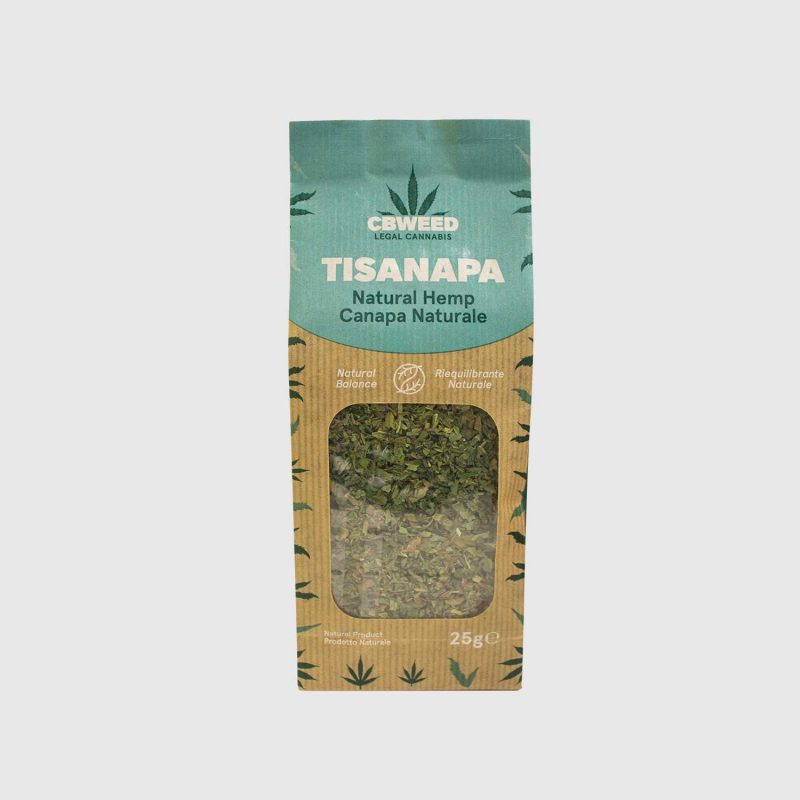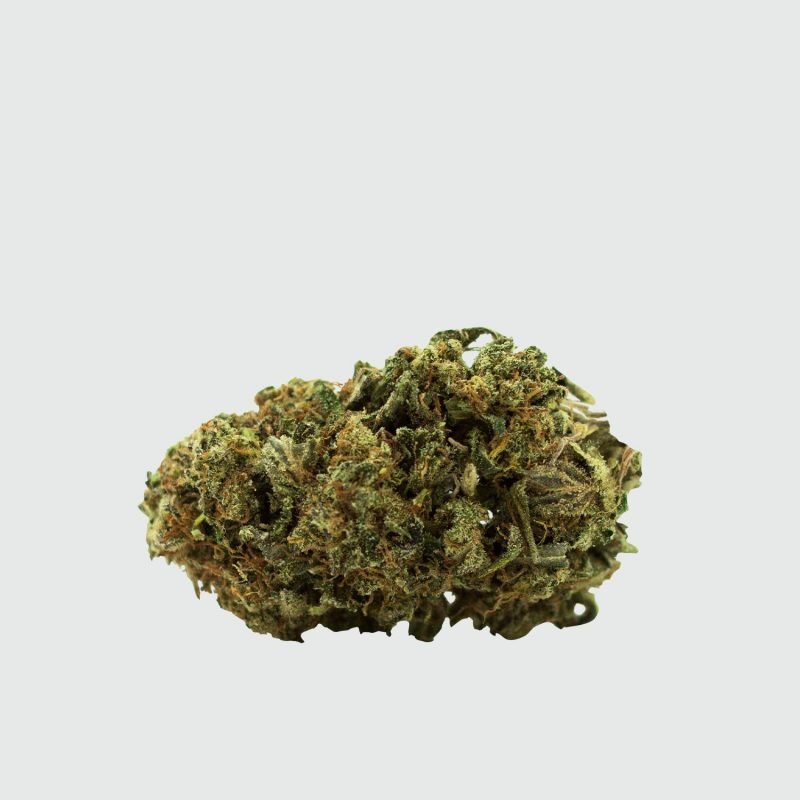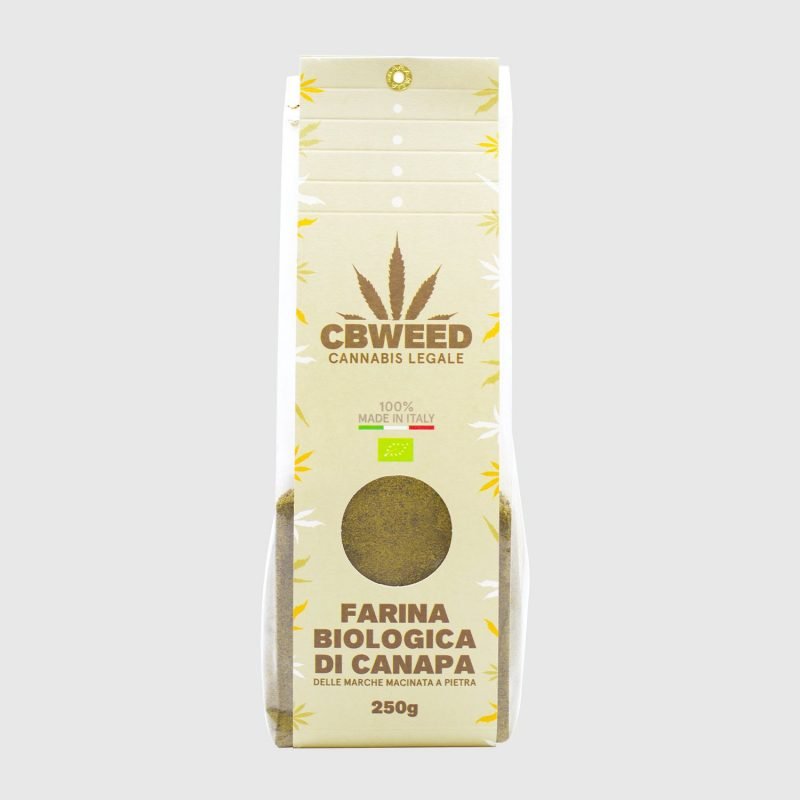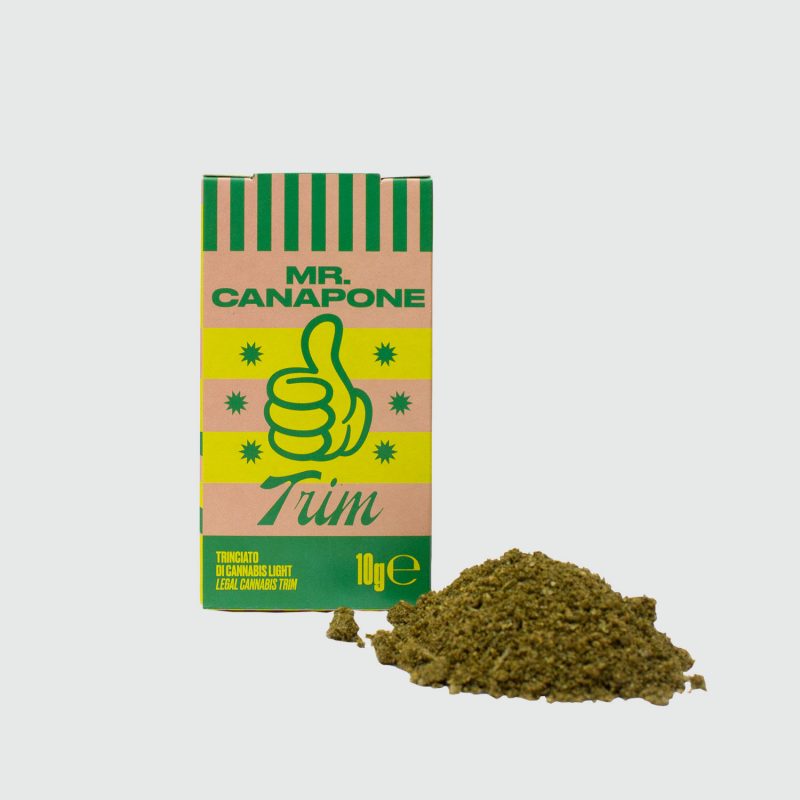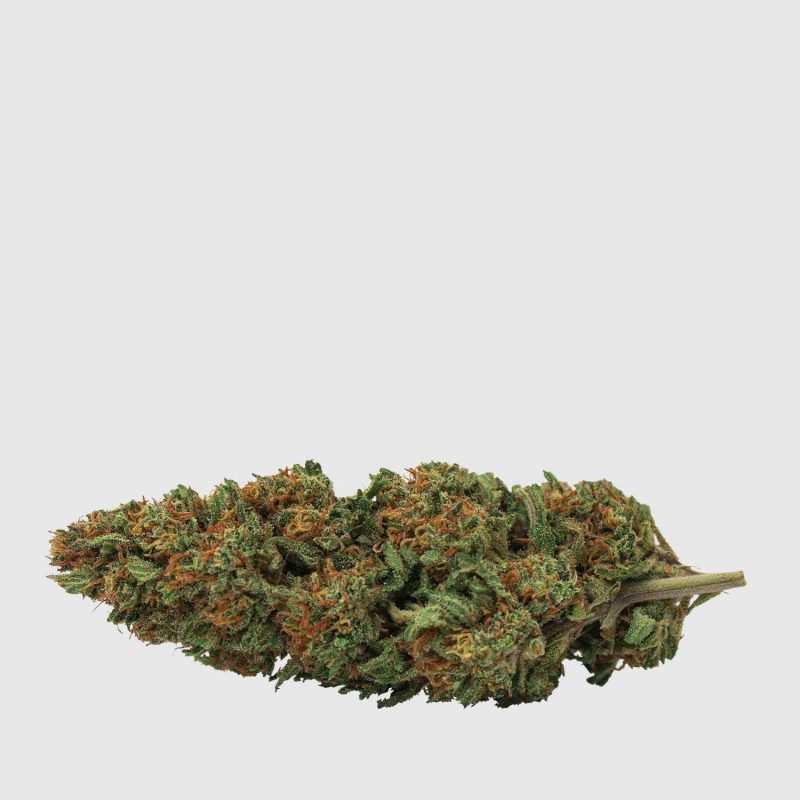Combination & consociation: all allied plants for cannabis cultivation
Among the techniques most used by experienced growers to guarantee a luxuriant and healthy growth to their cannabis plants, there is certainly that of the intercropping. This biological and natural method of taking care of its plants is used in many types of crops and guarantees absolutely indisputable benefits in the field of pesticide, antibacterial, fertilizer fertiliser and stimulant. However, what is the consociation, and how can it optimize optimise the growth of our crop? Let’s see in detail all the tricks to put into practice the perfect intercrossing.
You may also be interested in:
Cannabis: $15 billion in sales worldwide in 2019
Create the perfect habitat for cannabis
The plant consociation is a highly used technique in gardening that involves the coexistence of several plants in the same habitat to obtain a natural control of the pests, reinvigorate the soil, encourage pollination and increase the general strength and resistance of the plant ecosystem. In the case of cannabis very often we resort to forced cohabitation of different plant species symbolically called “companion plants” which creates a real protective barrier against the cannabis plant, parasites, fungi and harmful atmospheric agents.
Once a functional system has been created, it will be possible to ensure a remarkable production without resorting to pest control and pesticides. Furthermore, an ad hoc intercropping can mask the characteristic aromas of marijuana, making it challenging to identify the classic fragrance of flowers.
The “plants – mate”
This science is ancient and delicate, it varies a lot according to the territory in which it is found and in particular, in Italy and the low Mediterranean, it takes into consideration above all aromatic and officinal plants. We are not talking about who knows what unavailable shrub but of widespread species that are often found traditionally in vegetable gardens and gardens. In some cases, these plant species recall numerous beneficial insects that help to control the development of pests or to stimulate pollination; in other cases the plants draw on themselves the parasites (a sort of harakiri) distracting their attention from the central culture, very often instead they simply give off aromas that drive away unwanted guests. Creating a garden system for your cannabis can also be useful for soil management (avoid stagnation of water and favour nitrogen fixation in the soil), increase fertilization fertilisation with the contribution of natural organic matter and also shelter from wind and inclement weather with growing shoots.
Not all plants fit together
Despite being a very often successful solution, the consociation can also do damage if not applied in an intelligent and scrupulous way. The reason? In every ecosystem, there are delicate balances to be respected, and in general, it is not enough to diversify, it is necessary to understand which are the plants that are in agreement and those that instead it is better to keep at a distance from each other if you do not want to damage their growth.
The best plants to grow with Cannabis
Basil: surely the number one “plant – companion” you can put basil, which acts optimally as a repellent for aphids, winged and creeping insects, and it seems that its presence in the ground encourages the development of terpenes in cannabis.
Chamomile: the fragrant floret that attracts beneficial insects such as bees will also repel mosquitoes and flies. Furthermore, when it decomposes in the soil, the plant becomes a natural, invigorating source of remarkable nutrients, this stimulates the growth of cannabis and the production of essential oils. With flowers you can make an infusion with a high antibacterial power to use as a barrier against fungi and infections for growing plants.
Coriander: hated by aphids, beetles and above all by the terrible red spider and loved by “good” insects like hoverflies and wasps eats larvae. Combining it with the infusion of chamomile, you get an excellent natural disinfectant against red spider and mushrooms.
Alfalfa (Alfalfa): this medicinal plant improves the distribution of water in the soil, fixes nitrogen in the ground and accumulates iron, magnesium, potassium and phosphorus.
Melissa: its aroma removes mosquitoes and gnats and attracts bees and wasps.
French marigold: a well-known pesticide that is very effective against beetles and acts directly on the ground, releasing beneficial aromatic substances from the roots. Moreover, the flowers are excellent natural compost.
Dill: if there is a dill plant in the vicinity of your cannabis, you can be sure that the caterpillars will snuff your jewels and devote themselves to this sweet-scented seedling. Red spider mites and aphids who hate dill, on the other hand, will give it a leg from your cultivation.
Lavender: as lavender keeps fleas, moths, mites and rodents away from your cabinets so it will do in your soil. The ideal is to use the purple bushes as a barrier around cannabis plants (it also works to mitigate the typical aroma of marijuana).
Peppermint: Do you have ant problems? Mint is the answer! Even aphids, rodents and beetles are not crazy at all. Be careful because mint tends to infest the soil, so it should be kept under control if it expands too much.





